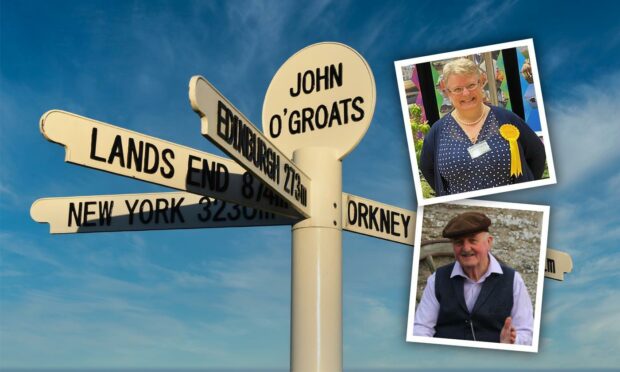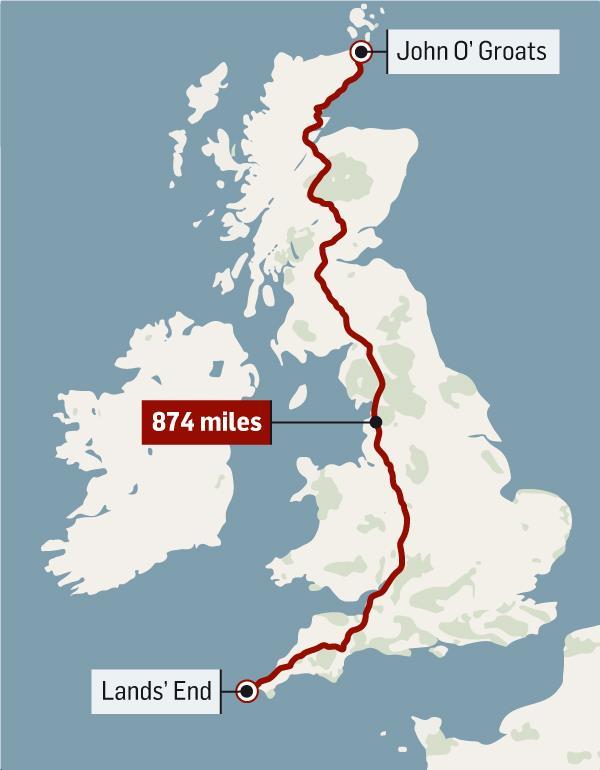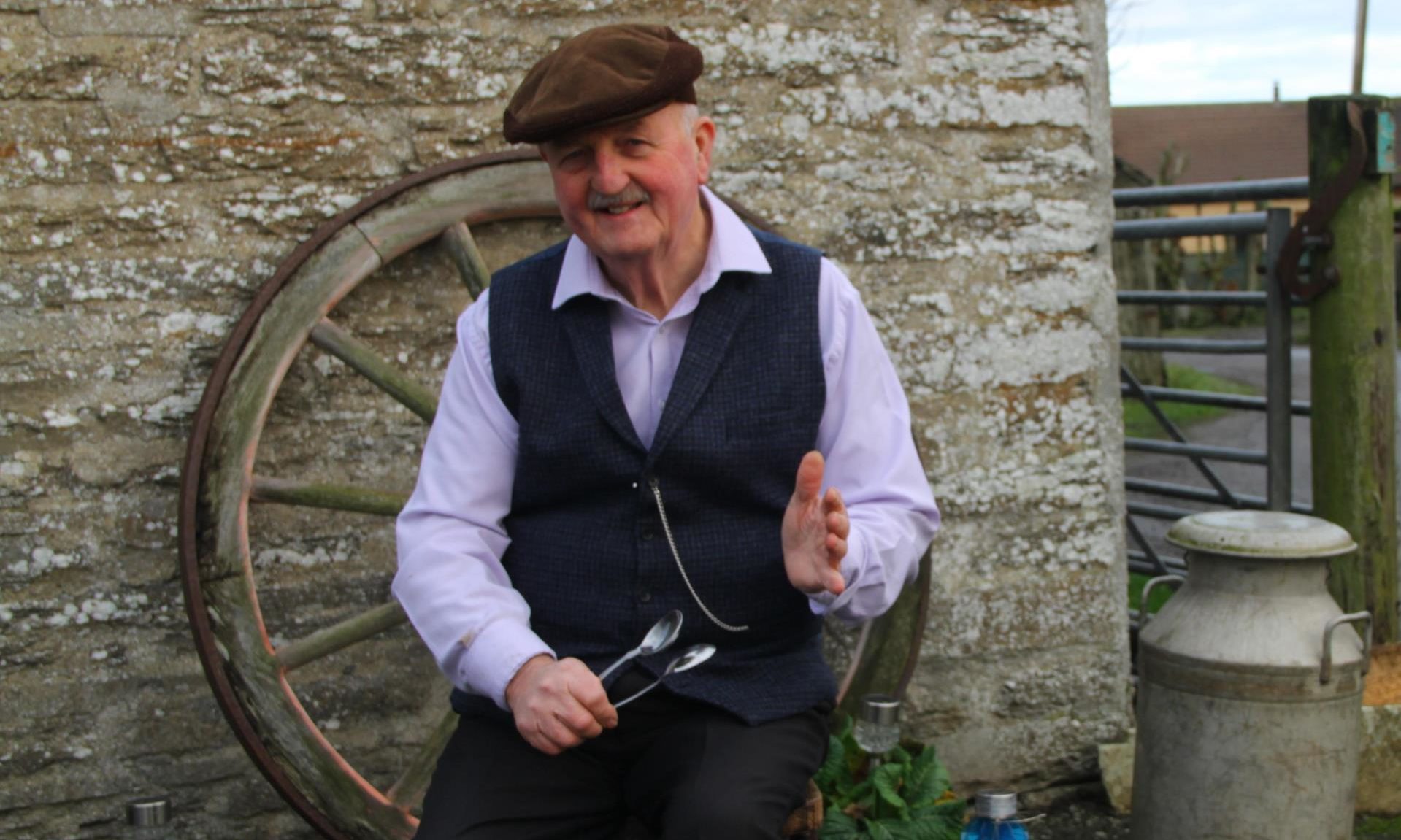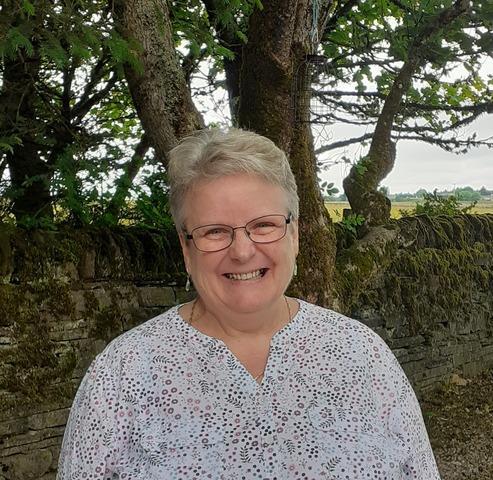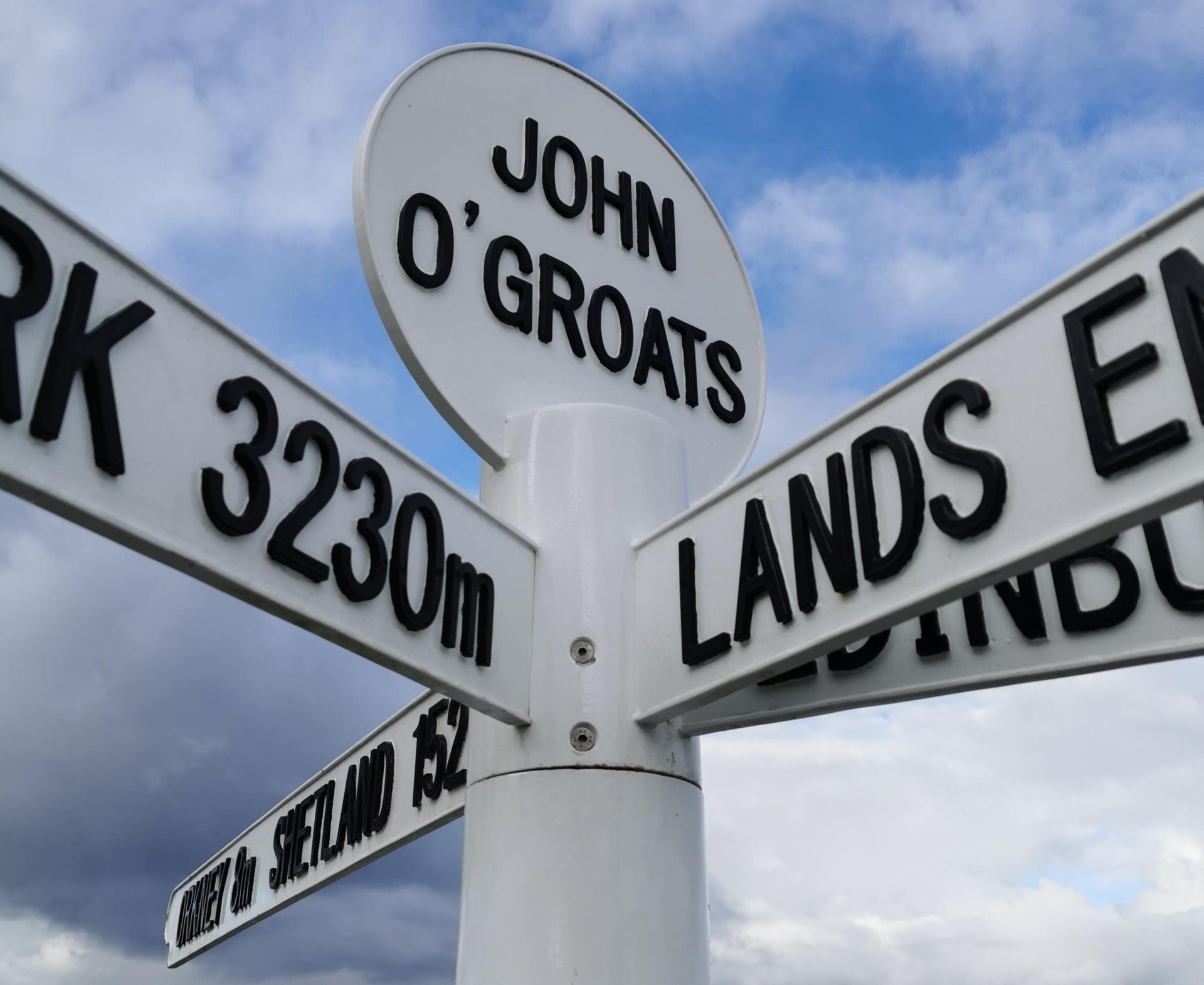A total of 874 miles separates them, but forever, John O’Groats and Lands End will be intertwined.
Why? Well we weren’t really sure ourselves.
Sure, the two points mark, almost, the most northern and southern points of mainland Britain, but just how did the famed route originate?
First recorded walk 150 years ago
Two brothers are believed to be the first to record their end-to-end walk from John O’Groats to Land End way back in 1871.
John and Robert Naylor covered the distance by foot.
It would be almost 90 years later before the route gained great fame, as it was publicised by Dr Barbara Moore as a road walk.
Indeed, later, in 1960, the first road-walking race was organised by entrepreneur Billy Butlin.
Here the route lent itself to other forms of transport. Firstly, bicycles were used and nowadays more unconventional forms of travel such as unicycles and lawnmowers have been used.
In recent months, efforts have been made in the world’s smallest car.
In July, Christina Mackenzie, originally from Stornoway, completed the journey on her bike in 51 hours, 5 minutes and 27 seconds – beating the previous women’s record in the process.
Councillor recalls Dr Moore’s efforts
Wick provost and local councillor Willie Mackay said the vast number of people undertaking the route still amazes him.
In fact, he recalls seeing first hand Dr Moore’s effort as he took a break from his tiring role as a P&J delivery boy in his home village of Embo.
Mr Mackay said: “My first recollection of the now iconic walk from John O’Groats to Land’s End, or vice versa, was way back in 1960.
“As an early teenager I delivered the Press and Journal after school around the village of Embo in East Sutherland.
“I heard through this now famous newspaper that a Russian born British engineer woman by the name of Dr Barbara Moore was going to walk from John O’Groats to Land’s End.”
Mr Mackay says Dr Moore’s efforts caught the imagination of the whole village and, upon learning where she may be, he and some friends set off in pursuit of spotting her along the route.
Mr Mackay recalls: “Once we were sure where she was, myself and a couple of pals cycled five miles up to the A9 at Evelix outside Dornoch to see her heading south.
“It was a memorable site to see her walking at good pace giving a friendly wave.
“I recall thinking to myself that it is quite an endurance test and will take months, but I believe she took just 23 days.
“I’ve always remembered Dr Barbara Moore when seeing so many walkers doing the famous end to end, like cricketer Sir Ian Botham in 1985 raising money for Leukemia and Lymphoma research getting a huge response along the way.”
Amazement at popularity of route
Mr Mackay says he travels throughout Caithness on the main A9 trunk road on a weekly basis and is “gobsmacked” at how popular the route remains.
He jokes that when seeing walkers on their final leg of the journey, he often humours them by telling them the return journey is “all downhill”.
Mr Mackay added: “The 874 miles are a must do for thousands.
“It is a scenic journey with a terrific sense of achievement as well.
“At certain times of the year, the weather can get nasty, but it can be glorious as well.
“As a tourist attraction it is indeed thriving. It is also great to have so many spend extra time in the area after completing the journey to John O’Groats.”
Why would you walk up to John O’Groats? It’s easier the other way
Mr Mackay’s fellow councillor Jill Tilt added that she was often baffled by that people would begin their walk from Lands End, believing the route departing John O’Groats to be fairer in terms of the decline.
She has said that since moving to the area around 15 years ago, she has developed a greater appreciation for the terrain walkers have to overcome, including the famed Berriedale Braes.
She said: “Over the last couple of years, the pandemic has hit us all.
“The N500 has brought us many welcome visitors to the area, who would possibly not have visited us if they were able to go abroad on their usual holiday.
“This has also encouraged people to walk the Lands End to John O’Groats route using all sorts of amazing transport methods and many amazing outfits.
“I understand that it is 150 years since the first recorded walk was made, and how wonderful that all these years later it’s still a popular way of raising funds for many deserving charities.”
‘Tourism is a force for good’
VisitScotland has said they are encouraged by the number of visitors who undertake the route.
Chris Taylor, VisitScotland’s regional leadership director, said John O’Groats is known to attract visitors from across the globe due to its title as the most northerly village in mainland Britain and for the famed sign.
He has said it is encouraging that the route remains busy as it aids the local economy.
Mr Taylor added: “Tourism is a force for good – creating economic and social value in every corner of Scotland and enhancing wellbeing.”
